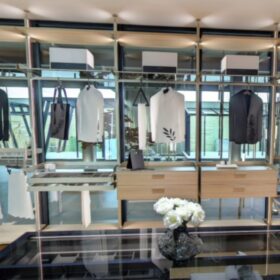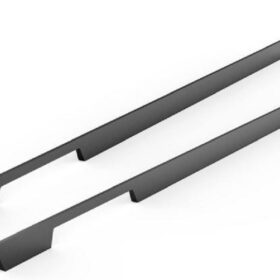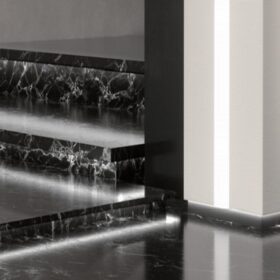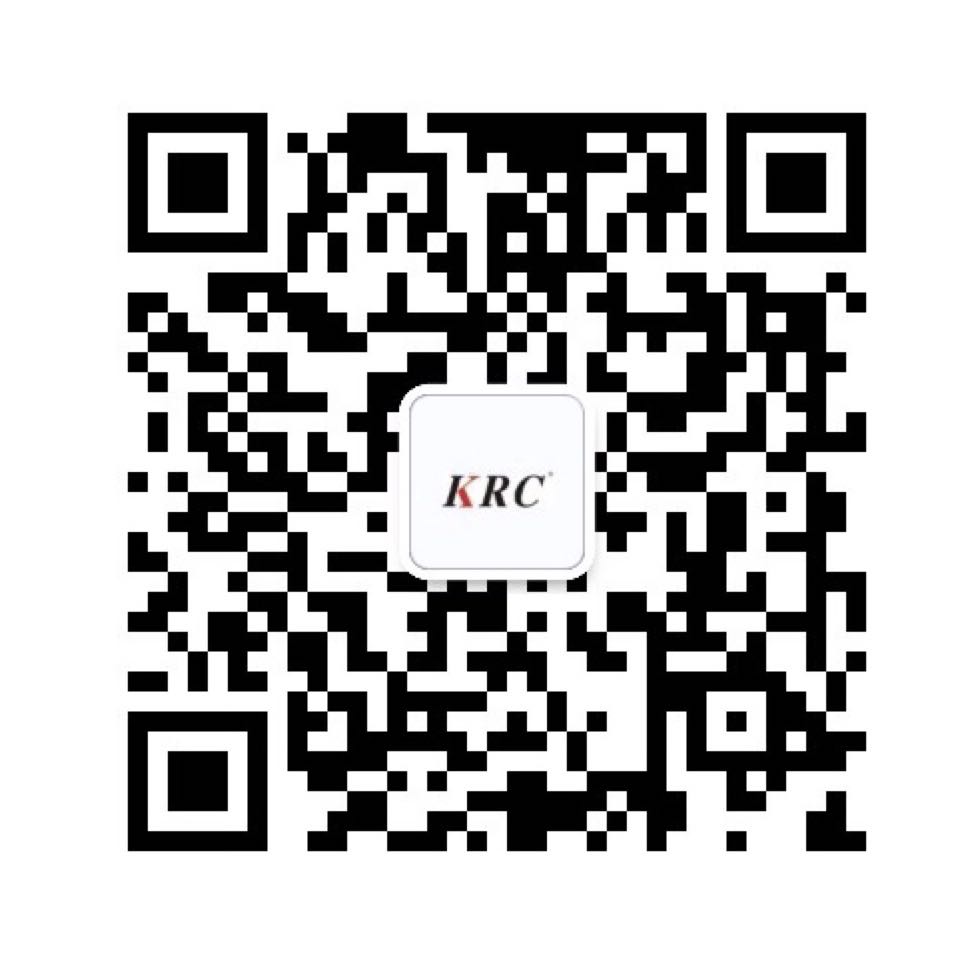Common Issues and Troubleshooting Tips for Modern Pull Handles
Modern pull handles are a stylish and functional addition to any home or office space. However, like any hardware, they can occasionally experience issues that may require troubleshooting. This article will delve into the common problems associated with modern pull handles and provide step-by-step troubleshooting tips to help you resolve them effectively.
Sticking or Binding
One common issue is that the pull handle may become sticky or bind when it is pulled. This can be caused by several factors:
– Dirt or debris buildup: Over time, dirt and debris can accumulate on the handle or the mounting surface, causing friction and hindering smooth operation.
– Loose screws: If the screws that secure the handle are loose, the handle can wobble and bind, making it difficult to use.
– Misalignment: Improper alignment of the handle during installation can result in binding or pinching when it is pulled.
Breakage or Loose Handle
Another issue that can arise is breakage or a loose handle. This can be particularly concerning, as it can compromise the safety and functionality of the door or cabinet.
– Overtightening: Applying excessive force when tightening the screws can strip the threads or damage the handle itself.
– Insufficient support: If the handle is not properly supported with enough screws or the mounting surface is not stable, it can become loose or break when used.
– Material defects: In rare cases, manufacturing defects in the handle material can lead to breakage or loosening.
Squeaking or Rattling
Squeaking or rattling sounds when operating the pull handle can be annoying and detract from the overall aesthetic appeal.
– Lack of lubrication: Regularly lubricating the moving parts of the handle can help reduce friction and eliminate squeaking or rattling.
– Loose screws or fittings: If the screws or fittings that secure the handle or its components are loose, they can create vibration and rattling when the handle is pulled.
– Damaged bearings: Worn or damaged bearings within the handle can also contribute to squeaking or rattling.
Rust or Corrosion
Rust or corrosion can occur over time, especially in humid environments or if the pull handle is made of materials that are prone to oxidation.
– Improper cleaning: Using abrasive cleaners or harsh chemicals to clean the handle can damage its protective coating and make it more susceptible to rust.
– Exposure to moisture: If the pull handle is exposed to excessive moisture, such as water spills or condensation, it can lead to corrosion and rust formation.
– Ineffective protective coating: Some pull handles may not have adequate protective coatings to withstand moisture and corrosion.
-
2024-11-29Top Trends in Modern Kitchen Cabinet Pulls for 2024
-
2024-11-28The Ultimate Guide to Modern Kitchen Cabinet Pulls- Materials, Styles, and Tips
-
2024-11-27Elevate Your Kitchen Design with These Must-Have Modern Cabinet Pulls
-
2024-11-26Sleek and Stylish- The Best Modern Kitchen Cabinet Pulls for a Contemporary Look










